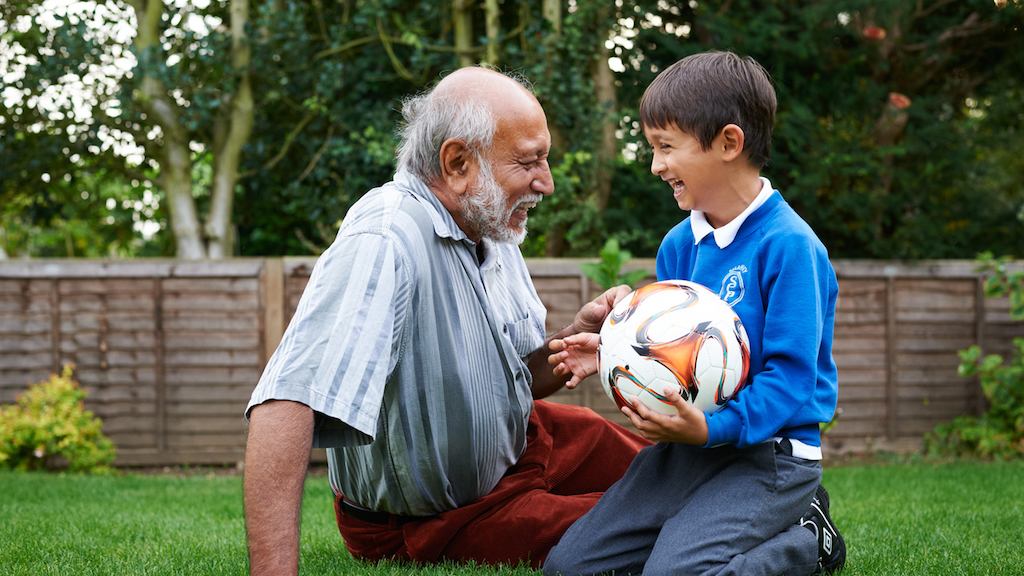It also brings a host of practical and economic problems, if local areas continue to diverge in their mix of people working and not working, or accessing care and health services.
What should we be doing about it?
If we are to foster a more age-mixed, intergenerational society, I think that action is needed in particular at three levels.
First, we can encourage projects, both at grassroots and national level, that work with the explicit intention to bring people of different ages together. Perhaps fuelled in part by Channel 4’s irresistably life-affirming documentary from a couple of years ago, Old People’s Home for 4 Year Olds, there has been an explosion in nursing and residential homes introducing weekly music clubs mixing local toddlers and schoolchildren with residents. And there are increasing examples too of initiatives like Homeshare, that aim to house older and young people together, to the financial and social benefit of both.
Second, we can invest in community initiatives that might not be explicitly about age-mixing, but are nevertheless fundamental to achieving it. I’m thinking here for example about our need for more shared, community spaces to spend time together and interact.
And third, there are a suite of bigger, underpinning structural changes we need to see across housing, economic and employment policy. We need to build more diverse, affordable housing that will suit more of our needs as we age. We need to encourage economic growth beyond our major cities. And we need to create workplaces that provide fulfilling work for people of all ages.
The casual insults that fling so easily between the generations on social media – the ‘OK, boomer’, the ‘snowflake’ – are, I believe, not generally representative of how we feel about people of different generations in our own families. But they are perhaps a warning sign of how easily we can ‘other’ people we don’t know, and don’t spend time with.
Our society is changing. By 2030, one in five people in the UK will be aged 65 or over. But if we are all to reap the benefits of that success story of our longer lives, then acting to ensure people of different ages can work, rest and play together throughout their lives must be part of the solution.



